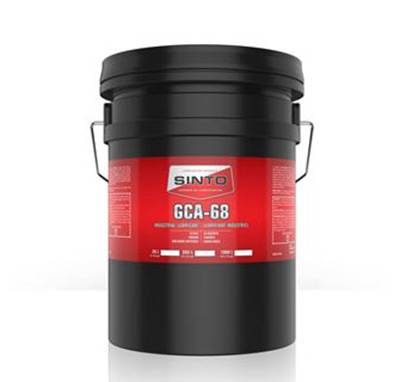ნოე . 04, 2024 12:43 Back to list
Application of Thread Gauges in Measurement and Quality Control
The Use of Thread Gauges Ensuring Precision in Engineering
In the world of engineering and manufacturing, precision is paramount. One of the essential tools used to achieve this precision, particularly in the realm of threaded components, is the thread gauge. This tool plays a crucial role in quality control, helping engineers and machinists ensure that threaded parts meet specified dimensions and tolerances. In this article, we will explore the importance of thread gauges, the various types available, and best practices for their use.
Understanding Thread Gauges
A thread gauge is a measuring instrument designed to check the sizes and shapes of threads on screws, bolts, and nuts. Threads are helical ridges encircling the cylinder of fasteners, and their specifications dictate how well these components will fit together and function in assembly. Thread gauges come in several forms, each catering to different standards and requirements.
Types of Thread Gauges
1. Plug Gauges These gauges are used to measure the internal threads of a hole. Plug gauges typically come in two forms go and no-go. The go part checks whether the thread is deep enough, while the no-go indicates whether the thread is too deep or poorly formed.
2. Ring Gauges Used for measuring external threads, these gauges also come in go and no-go variants. A ring gauge will check the diameter and pitch of the external threads to verify they conform to the required specifications.
3. Thread Pitch Gauges This tool helps determine the pitch of the thread, which is the distance between threads, expressed in threads per inch (TPI) or in metric units (mm). This is crucial for ensuring compatibility between male and female threads.
4. Thread Calipers Calibrated for measuring thread height, these calipers help assess the minor and major diameters of the threads, enabling more detailed inspections.
Importance of Using Thread Gauges
Precision in threaded components is essential for multiple reasons. First and foremost, proper thread dimensions ensure that fasteners are installed correctly, preventing loosening and eventual failure in assembly. In industries such as automotive, aerospace, and construction, even a minor miscalculation can lead to catastrophic results.
use of thread gauge

Additionally, using thread gauges can save time and costs in production processes. By confirming that threads meet specifications before they are assembled, manufacturers can reduce the risk of rework and defects, leading to a more efficient production line. Moreover, implementing a rigorous quality control system that includes thread gauging can enhance a company’s reputation for reliability and excellence.
Best Practices for Using Thread Gauges
To maximize the effectiveness of thread gauges, users should adhere to several best practices
1. Regular Calibration Just as with any precision measuring tool, thread gauges must be regularly calibrated to ensure accuracy. This involves checking the gauges against known standards and making necessary adjustments.
2. Proper Handling Thread gauges should always be handled with care. Dropping or mishandling them can lead to deformation or damage, compromising their accuracy.
3. Clean Measurement Surfaces Prior to using a thread gauge, it’s essential to ensure that the threaded surfaces are clean and free from debris. Contaminants can affect the fit and lead to incorrect measurements.
4. Training and Education Operators should receive adequate training in how to use thread gauges correctly. This includes understanding the specific features of the gauge as well as the principles of thread measurement.
5. Documentation Maintaining a record of measurements taken with thread gauges can assist in identifying trends over time and contributing to continuous improvement efforts in manufacturing processes.
Conclusion
In conclusion, thread gauges are indispensable tools that help ensure the precision and reliability of threaded components in various industries. Their proper use is vital for maintaining high standards of quality control, which ultimately affects the integrity and performance of engineered products. By understanding the different types of thread gauges and following best practices for their application, businesses can enhance their operational efficiencies and mitigate risks associated with threaded fasteners. Investing in thread gauging not only promotes quality but also upholds safety standards across the board.
-
Why Metric Trapezoidal Thread is Ideal for Precision Motion ControlNewsAug.05,2025
-
The Unique Properties of a Block of Granite for Industrial UseNewsAug.05,2025
-
The Role of Flanged Y Strainers in Preventing Pipeline ClogsNewsAug.05,2025
-
The Importance of Regular Calibration for Master Ring GagesNewsAug.05,2025
-
How a Cast Iron Surface Table Enhances Accuracy in ManufacturingNewsAug.05,2025
-
Comparing Different Check Valve Types for Optimal Flow ControlNewsAug.05,2025
Related PRODUCTS









